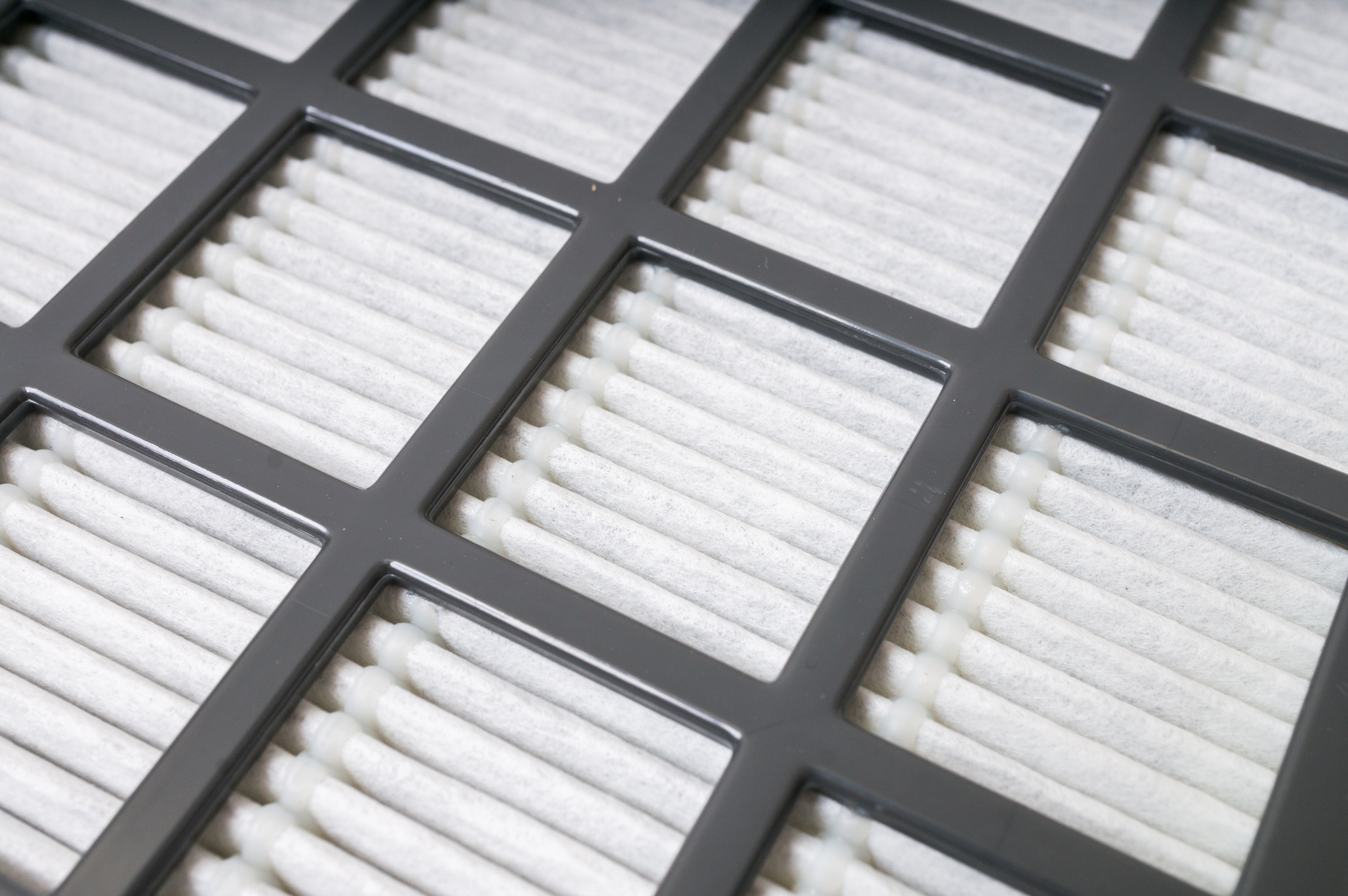As winter approaches, you're again faced with the age old question of how to heat your Oklahoma home as efficiently and effectively as possible. There are many ways to reduce energy bills and maximize your furnace's efficiency. However, you may want to take things a step further, outfitting your home with a hydronic heating system. What is hyrdronic heating, and how can it benefit you? Here's a basic guide to forced air vs hydronic systems.
What Is Hydronic Heating?
In a traditional forced air system, air is heated by the furnace, then blown through ducts and vents to each room of your home, to warm it up. With hydronic heating, water is heated instead of air, using a boiler instead of a furnace.
Hot water or steam then flows through pipes throughout your home. Each room is outfitted with its own heat exchanger, either in the baseboards or mounted somewhere. The heat exchanger extracts heat from the water and uses it to warm that room.
Pros and Cons of Forced Air Vs Hydronic Systems
Since a hydronic system circulates water through your home instead of air, there are no dust particles or other contaminants blowing into a room, which reduces the risk for allergy and asthma sufferers. There's also no air filter to change. A hydronic system does take longer to heat a room than forced air, but the heat also remains in the room longer.
The main appeal of hydronic heating, though, is that it's energy efficient. Extracting heat from the water uses much less energy than heating the air - and the lack of vents means there's no energy loss from ductwork, either.
Forced air, on the other hand, is much less expensive to install - especially if you're retrofitting an existing home. A heat exchanger in every room, plus additional plumbing to pipe hot water through the walls, can end up costing about twice as much for a hydronic system than it would for forced air.
To get more information about forced air vs hydronic systems, contact us at Air Assurance. We're Broken Arrow's source for home comfort service.








